National Curriculum for Physical Education (PE Planning): A Guide for Primary School Teachers

Physical education is vital to a well-rounded education, fostering physical fitness, teamwork, and essential life skills. As primary school teachers, we are responsible for empowering young learners with the tools they need to lead active and healthy lives. In this blog post, we will explore the key elements of the National Curriculum for Physical Education, focusing on planning engaging PE lessons for Key Stage 1 and Key Stage 2 students.
Key Stage 1: Building Fundamental Movement Skills
Children should develop fundamental movement skills and gain confidence in their physical abilities. The objectives for this stage include mastering basic movements such as running, jumping, throwing, and catching. It is essential to provide opportunities for students to engage in both competitive and cooperative physical activities, fostering agility, balance, coordination, and teamwork. Additionally, introducing simple dance routines can enhance their creativity and expression.
Key Stage 2: Expanding Skills and Abilities
Students continue to refine their physical abilities while broadening their knowledge and understanding of different sports and activities. Along with reinforcing fundamental movements, it is important to focus on individual and team-based games modified to suit the students' abilities. Activities like badminton, basketball, football, hockey, netball, rounders, and tennis allow students to apply basic principles of attacking and defending.
Furthermore, flexibility, strength, technique, control, and balance should be developed through activities such as athletics and gymnastics. This stage also emphasises the importance of outdoor and adventurous activities, encouraging students to take on challenges both individually and as part of a team. Promoting self-improvement and personal bests is crucial, allowing students to compare their performances over time and demonstrate progress.
Adapting Lessons and Including Swimming
To ensure inclusivity and engagement, it is important to adapt lessons to suit the abilities and needs of all students. Select a broad range of activities, catering to different interests and skill levels. Remember that the holistic outcomes of physical education extend beyond skills and include knowledge, confidence, and positive attitudes towards physical activity.
Additionally, swimming instruction should be incorporated in Key Stage 1 or Stage 2, as mandated by the National Curriculum. Swimming provides a valuable life skill and promotes water safety awareness.
Enriching the PE Experience Incorporating games that require minimal equipment can add variety to your PE lessons. Consider including games like Kings & Queens, Snap, Musical Bases, and Rock, Paper & Scissors. These games encourage active participation, social interaction, and enjoyment while requiring minimal resources.
Conclusion
As primary school teachers, we have a unique opportunity to inspire a lifelong love for physical activity in our students. By following the guidelines of the National Curriculum for Physical Education and incorporating a diverse range of activities, we can create engaging and inclusive PE lessons. Let us embrace our role as educators and foster the physical, mental, and emotional well-being of our students through the power of physical education.
No comments




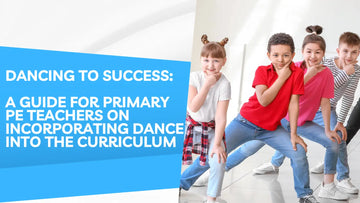
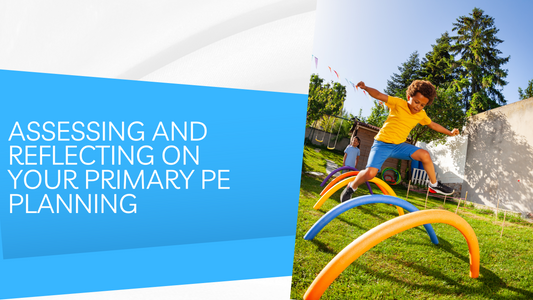
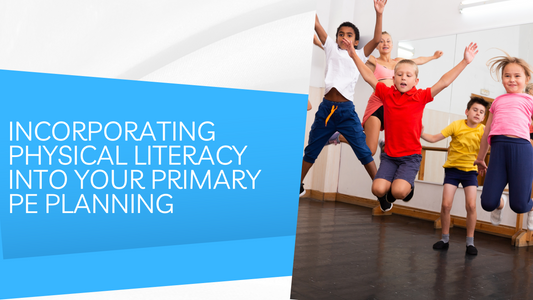
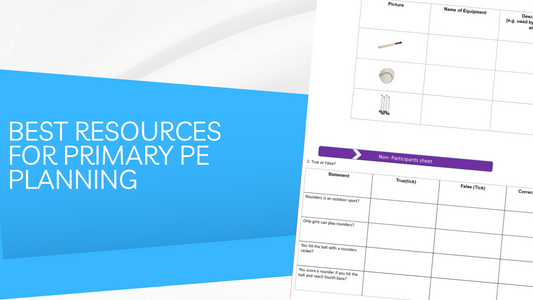
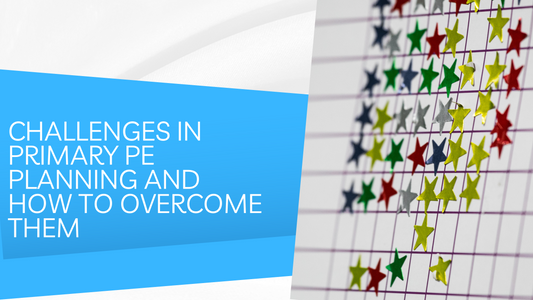
comments